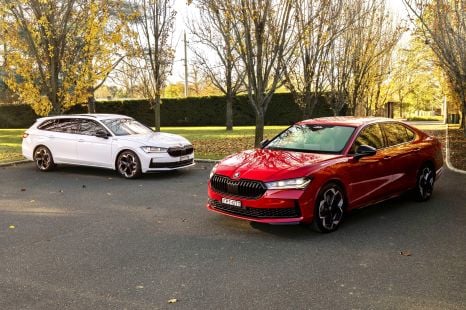

Max Davies
1 Month Ago
Kia has updated its cheapest car, the Picanto, with wireless smartphone mirroring tech and a tough new look. It's still cheap, and it's still cheerful.
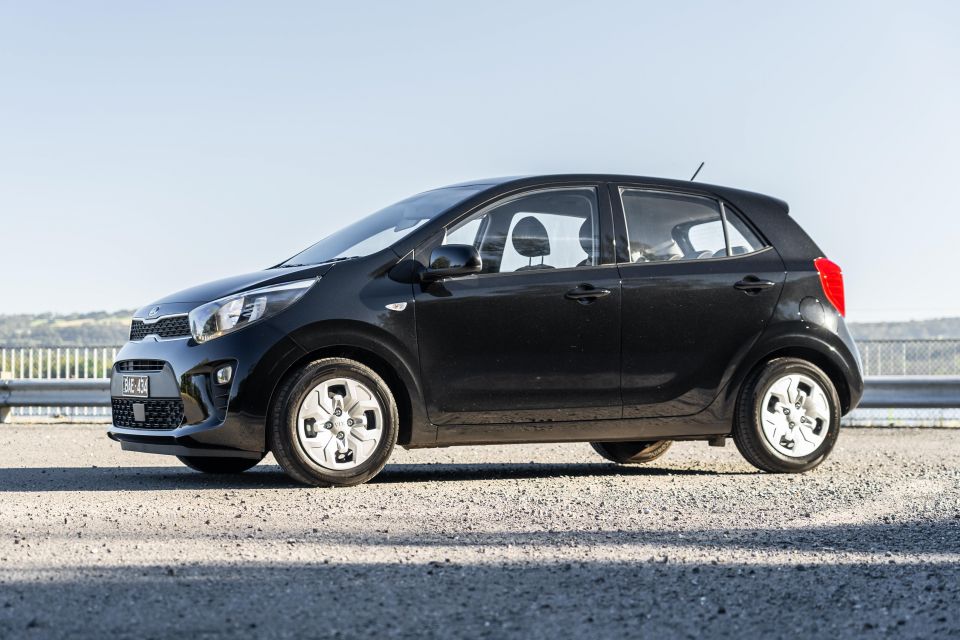
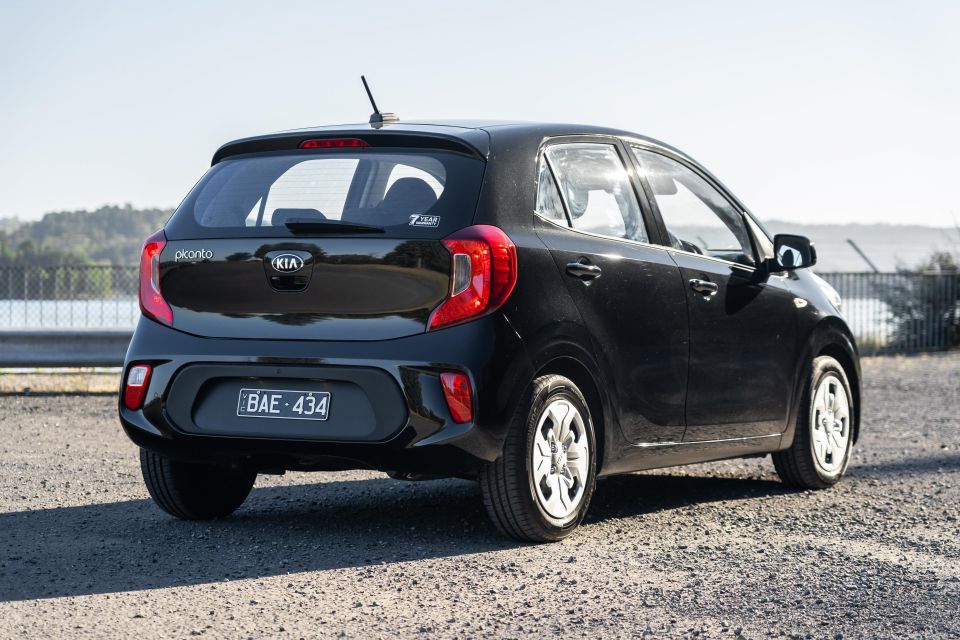

Contributor
New from
$14,190
excl. on-roads

Contributor
New from
$14,190
excl. on-roads


Contributor
New from
$14,190
excl. on-roads

Contributor
New from
$14,190
excl. on-roads
Quickly see how this car stacks up against its competition. Select any benchmark to see more details.
CarExpert does the hard work to get you the best price. No negotiating, no hidden costs, just expert help and real savings on your next new car.
Can a modern car really be cheap and cheerful? Kia says yes.
The Picanto S battles it out with the MG 3 and Mitsubishi Mirage as one of Australia’s least expensive cars, but it’s not exactly a bare-bones stripper.
In fact for 2021, it’s been given an equipment boost. Wireless smartphone mirroring, a bigger trip computer, better headlights, and tougher looks all feature, but the drive-away price is still comfortably less than $20,000.
On paper, then, Kia has taken a good thing and made it better, but the automatic Picanto S still isn’t perfect.
Pricing for the Picanto S kicks off at $16,490 drive-away with a manual, but opting for the automatic – as most people do – ups that sticker to $17,590 drive-away.
That makes it $400 cheaper than the Mitsubishi Mirage with an automatic, although it’s $900 more expensive than the MG 3.
It’s worth bearing in mind the Picanto is loaded with safety and convenience technology the MG doesn’t have at any trim level.

Standard equipment at this end of the Kia Picanto range includes powered windows on all four doors, an 8.0-inch infotainment system with wireless Apple CarPlay and Android Auto, Bluetooth phone connectivity and audio streaming, auto headlights, and cruise control.
There’s also rear parking sensors and a reversing camera.
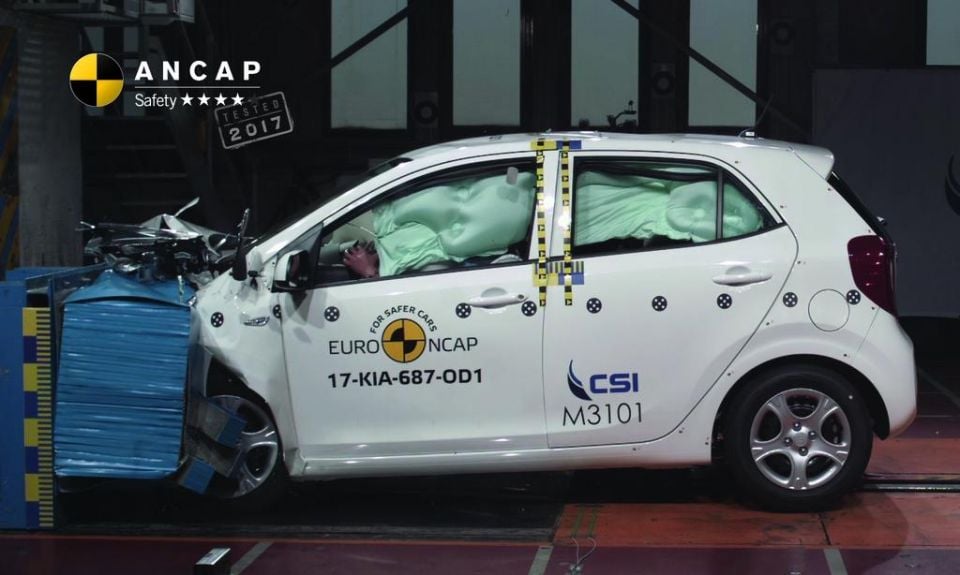
All versions of the Picanto wear a four-star ANCAP safety rating with 2017 date stamp, based on crash tests conducted by sister firm, Euro NCAP.
The little Kia scored 87 per cent for adult occupant protection, 64 per cent for child occupant protection, 54 per cent for pedestrian protection, and 47 per cent for safety assist.
Standard safety equipment includes six airbags (dual front, side and curtain), and every Picanto packs the following active safety features:
Australia’s facelifted model unfortunately lacks the safety upgrades available in other markets, however, such as lane-keeping assist, blind-spot monitoring, and rear cross-traffic alert.
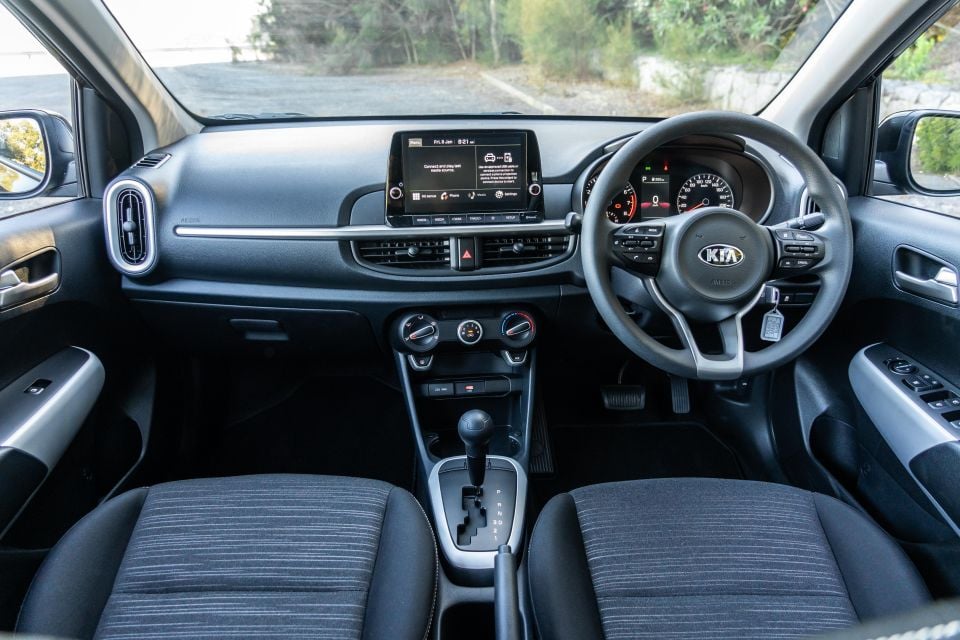
The Picanto is simply laid out and feels hard-wearing, although it’s predictably light on for frippery.
The big change in the Picanto has come in the form of two new screens: an 8.0-inch infotainment display atop the dashboard, and a new colour trip computer replacing the monochrome unit in the previous model.
Not only has the infotainment system gained an inch, which is never a bad thing, it’s picked up wireless Apple CarPlay and Android Auto for 2021.
It’s a shame wireless CarPlay is so buggy. It connects quickly and is snappy to use when it’s working, but it drops out far too frequently to be useful. On a phone call? Not anymore you’re not!
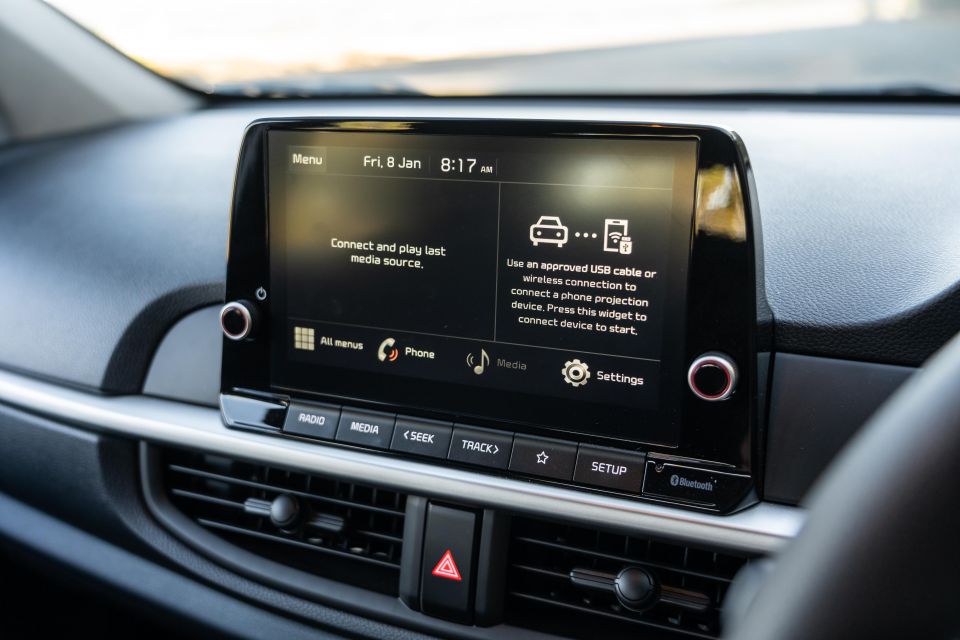
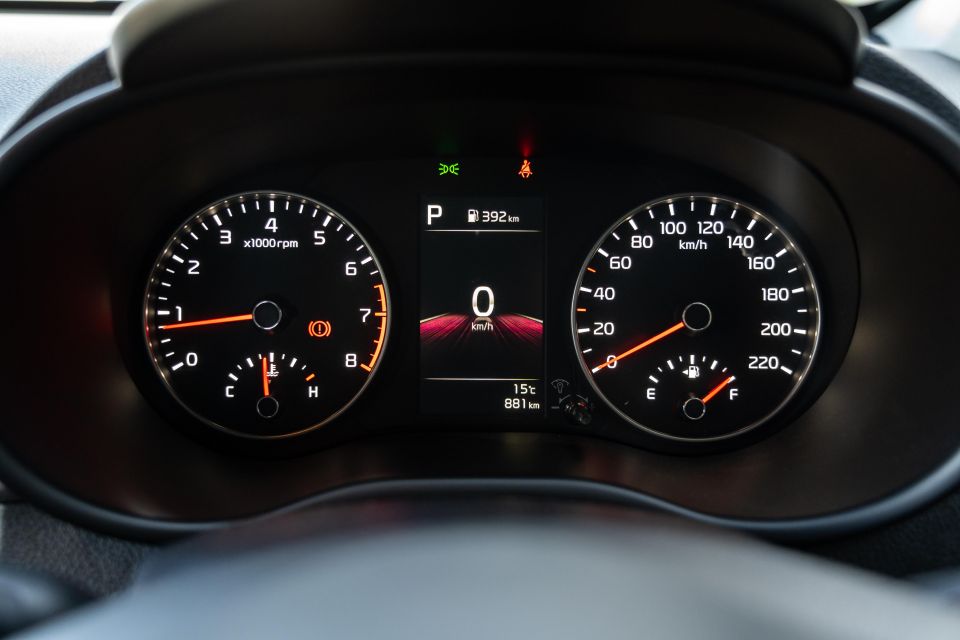
This isn’t the first time we’ve come across this problem. The same infotainment system had the same problem in the new Hyundai i30, which means it’s likely more than a one-off gremlin in this particular Picanto.
Frankly it’s not good enough. Wired CarPlay wouldn’t play ball, and reconnecting or trying to re-pair on the move isn’t an option, so you’re left without access to maps and entertainment… both of which were accessible when the car just had wired CarPlay.
“Kia is aware of this concern and has been liaising with the software supplier. An update has been successfully trialled and the factory is now working to release this software update,” the company said in response to the problem.
Imperfect smartphone mirroring aside, the infotainment system majors on simplicity. Fitting hard buttons to jump around without taking your eyes off the road for too long was a good move, and you don’t need a programming degree to find your way around.
With FM/AM radio but no DAB, and smartphone mirroring but no factory navigation, it’s exactly what you’d expect of a sub-$20,000 hatchback.
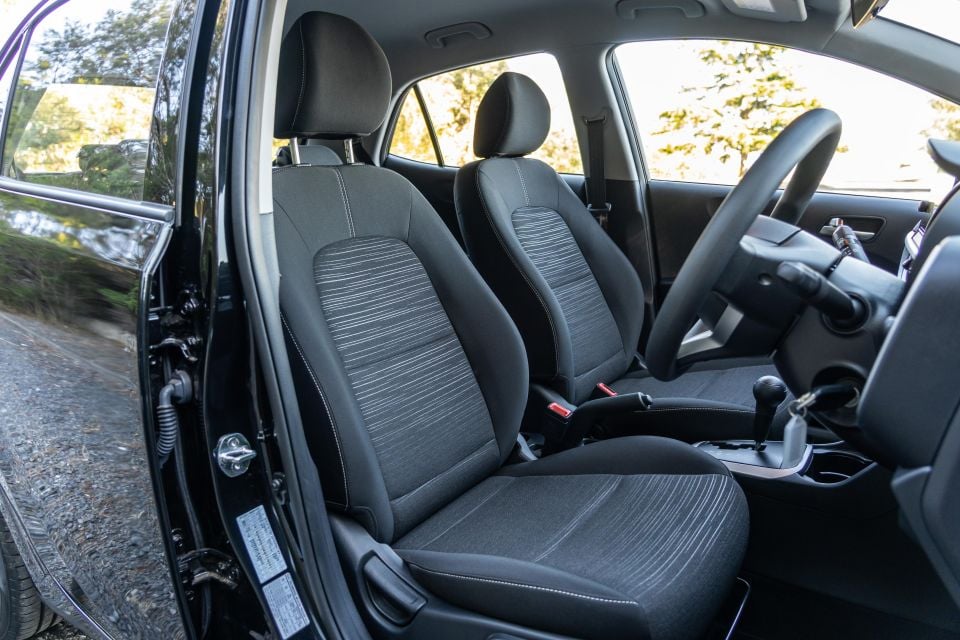
The driver and passenger sit on flat, firm seats with manual adjustment, and the driver is faced with a urethane steering that’s surprisingly nice to grasp.
Although the Picanto has a tiny footprint, tall drivers will be able to get comfortable behind the wheel. The tall, bubble-lite roofline means there’s plenty of headroom, and the seat can be dropped low enough that you don’t feel like you’re umpiring a tennis match.
The transmission tunnel is simple, with two cupholders and a spacious storage slot beneath the dashboard, a phone-sized shelf above the 12V and USB slots, and another cupholder under the driver’s elbow.
There’s no central armrest or lidded bin on the transmission tunnel, but there’s a spacious glovebox and decent door pockets.
The design itself is clean and simple. Hard, black plastics dominate, save for a slim sliver of hard, silver plastic to lighten things up. There’s also silver plastic trim on the doors. With big windows allowing light to pour into a small space, it’s not too dark inside the Picanto.

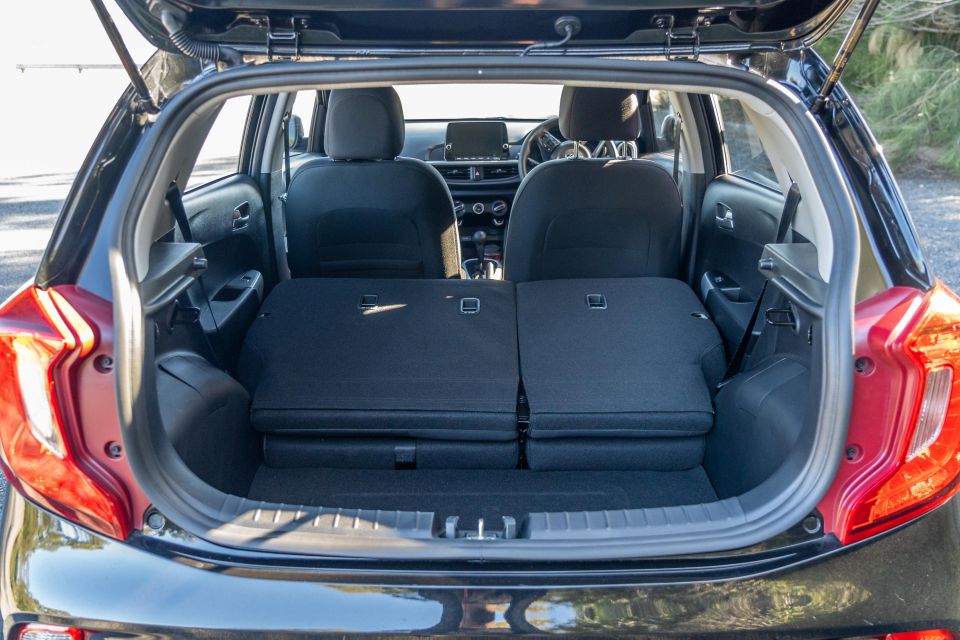

Rear accomodation isn’t quite as spacious as what’s on offer up front. Although you can get adults behind adults it’s a space best saved for kids, or obliging friends on shorter trips.
With no vents or armrest back there, you’re not going to confuse it for a Carnival. Then again, that’s never really been the point.
With the 60/40 split-fold rear seats up, boot volume is 255 litres. That’s enough to fit one large suitcase and perhaps a duffel bag wedged in there.
For extra space, you can fold down the rear seats for a total volume of 1010 litres.
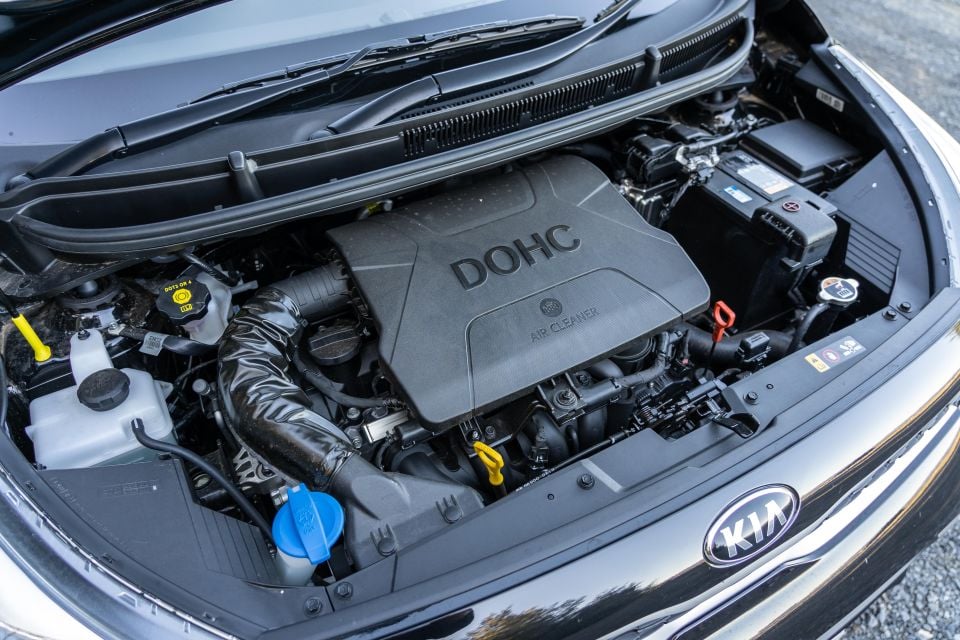
Power in the Picanto S comes from a 1.25-litre four-cylinder petrol engine making 62kW and 122Nm, sent to the front wheels through a five-speed manual or four-speed torque converter automatic.
There’s no turbos here, nor are there any fancy dual-clutch transmissions.
Although it’s loaded with new-age technology on the inside, the Picanto is decidedly old-school under the skin.
Claimed fuel economy is 5.8L/100km, and the Picanto drinks regular 91 RON unleaded.

The Picanto drives exactly how it looks.
It’s most at home in the confines of the city where the little engine and four-speed automatic aren’t forced to work too hard, and its compact footprint makes it dead simple to park.
With light steering and excellent visibility all around, it’s perfect for slicing through traffic. Although the Picanto is tiny, its wheels are pushed right to the corners of the body which makes it feel more planted than you might expect.
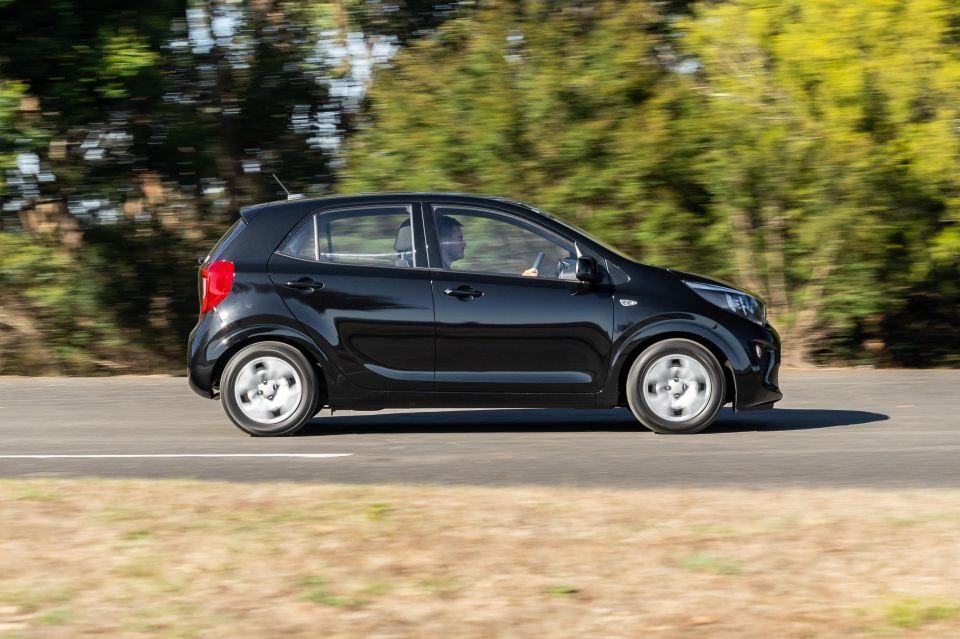
Even on the highway with strong crosswinds it doesn’t get bullied or blown around, although it does feel very, very small alongside an 18-wheeler.
As is often the case with small cars, you can have plenty of fun slinging it around corners at city speeds if that’s what you’re into.
It still rides like a small car, though. With a short wheelbase and 14-inch steel wheels, which look like skateboard wheels compared to some of the wheels you see in 2021, it’s not what you’d call overly settled.
But it’s not harsh, either, and the small wheels mean there’s plenty of sidewall on the 175/65 Bridgestone EcoWing tyres to soak up the lumps and bumps of the city.
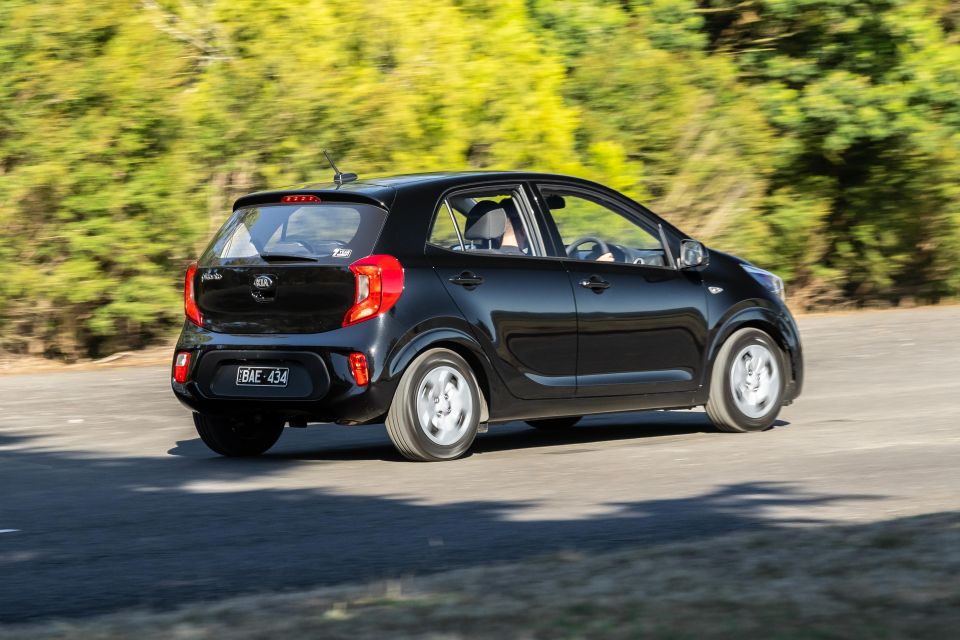
The powertrain is adequate but nothing more. There’s a big gap between first and second gears, and acceleration is sluggish unless you stamp on the accelerator to make the car kick down.
With just 122Nm on tap at 4000rpm, even the sub-1000kg mass of the Picanto never really flies.
The engine is relatively subdued at low speeds, but it gets noisy and coarse when pushed harder. It’s also not what you’d call a natural highway cruiser, spinning at north of 2000rpm in fourth gear at just 80km/h.
Road noise is surprisingly well suppressed for what is a cheap city car, although you wouldn’t want to spend too long at the legal limit if you could avoid it.
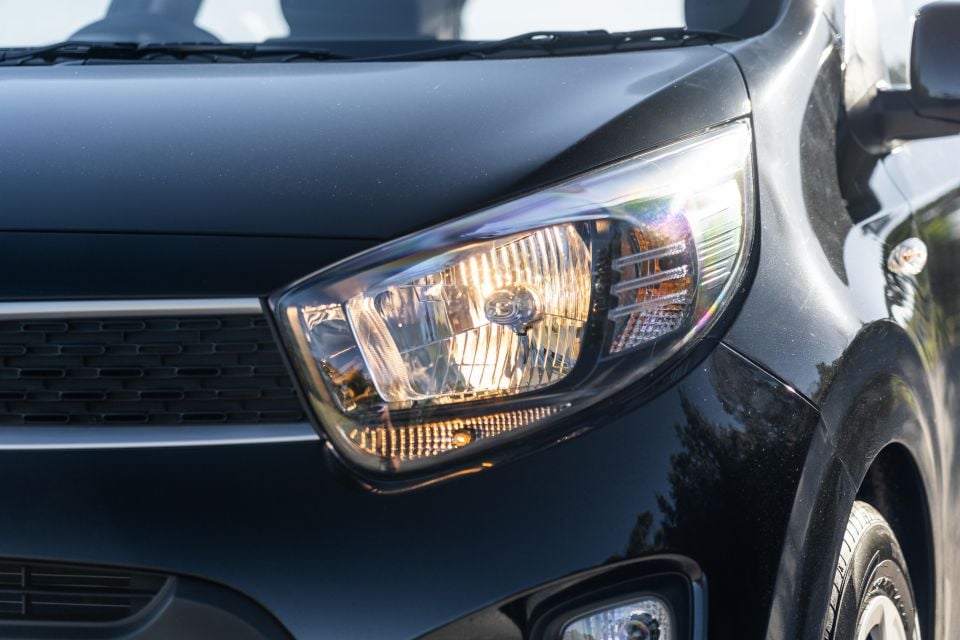
The Picanto has a seven-year, unlimited kilometre warranty with capped-price servicing and 12 months of free roadside assistance.
For those first five services, you’ll pay $240, $435, $294, $493 and $271. Maintenance is required every 12 months or 15,000km.
The base Picanto is cheap and practical, but its four-speed automatic keeps it being cheap and cheerful.
Kia has improved on the formula for 2021 with the revised interior, there’s no doubt about it. Wireless Apple CarPlay is a good showroom headline grabber and handy when it works, but some polishing is needed to stop the incessant drop outs.
The new trip computer feels more modern than the titchy monochrome unit previously offered.
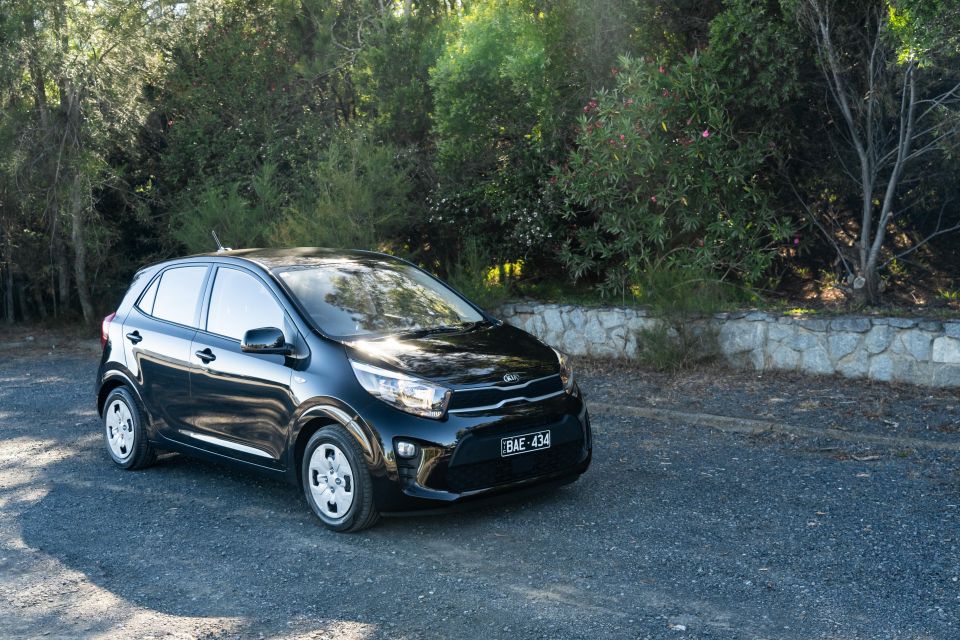
If there’s a weak link in the Picanto S it’s the engine, which is decidedly out of date in 2021. While we’re complaining, the seats are still flat and hard, and missing out on safety equipment offered overseas is always frustrating – even at this end of the market.
Then again, none of these factors are deal breakers when you consider what’s under the bonnet of the Picanto’s big rivals from Mitsubishi and MG.
Given the cheapest Volkswagen Polo will set you back more than $20,000 drive-away (with a manual no less), and the prices of the Mazda 2 and Toyota Yaris have leapt skyward, it’s hard to see where you can get a better new car for fewer dollars.
The big draw for the Picanto has always been the amount of kit you get for your money, and that’s still where it excels.
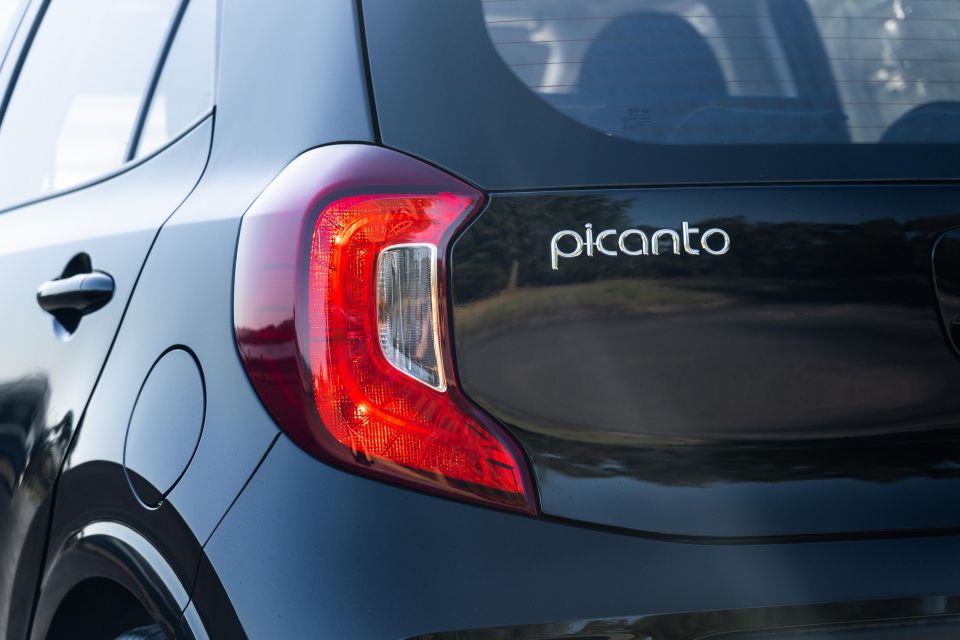
CarExpert does the hard work to get you the best price. No negotiating, no hidden costs, just expert help and real savings on your next new car.
Click the images for the full gallery
MORE: Kia Picanto news and reviews MORE: Everything Kia
CarExpert does the hard work to get you the best price. No negotiating, no hidden costs, just expert help and real savings on your next new car.
Scott Collie is an automotive journalist based in Melbourne, Australia. Scott studied journalism at RMIT University and, after a lifelong obsession with everything automotive, started covering the car industry shortly afterwards. He has a passion for travel, and is an avid Melbourne Demons supporter.


Max Davies
1 Month Ago
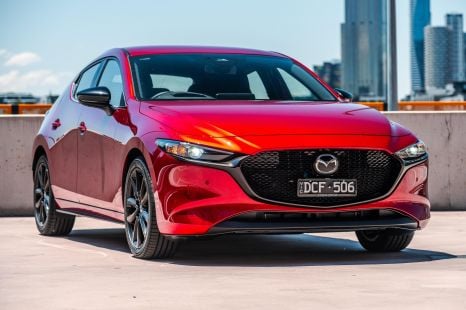

Josh Nevett
1 Month Ago
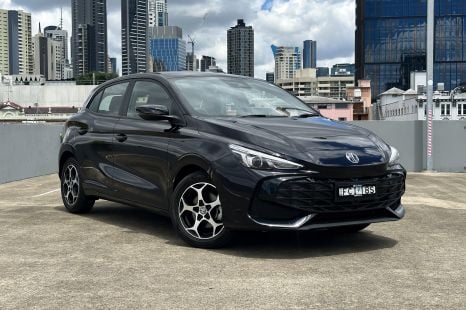

William Stopford
1 Month Ago
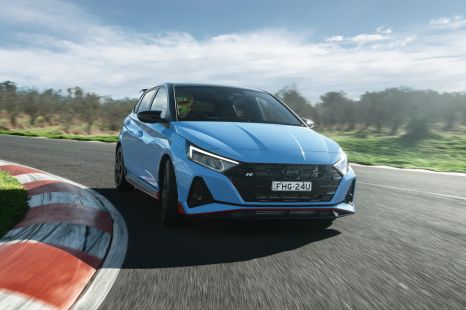

William Stopford
21 Days Ago


Josh Nevett
17 Days Ago
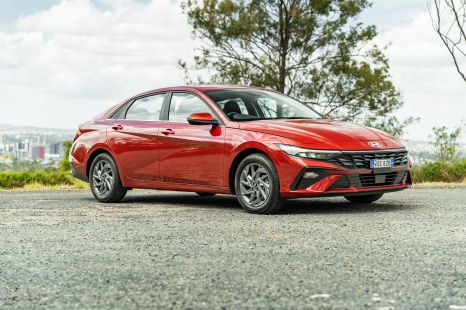

Marton Pettendy
17 Days Ago